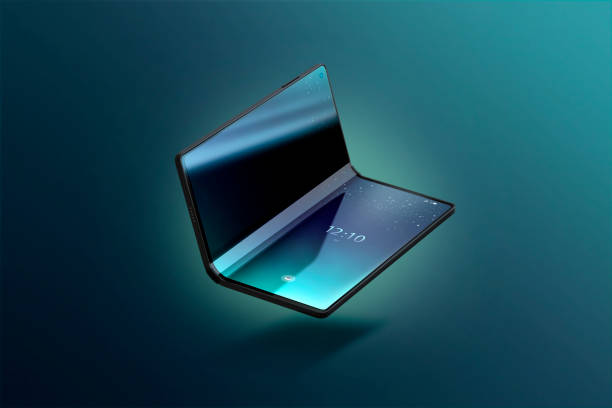"Unfolding the Potential: Foldable Tech in the Modern World"
The era of foldable tech has arrived. From smartphones to laptops, we now live in a world where our devices can fold and bend without compromising functionality. This evolution of technology brings a new dimension to our digital lives, offering portability, versatility, and innovation on an unprecedented scale.

Folding the Future: A Brief History of Foldable Tech
The concept of foldable tech isn’t exactly new. In fact, the notion of bendable, flexible gadgets has been a staple of science fiction and futurist predictions for decades. The dream became a reality when Samsung unveiled the Galaxy Fold in 2019, marking the birth of the foldable smartphone era.
Since then, the foldable tech market has grown exponentially. Today, we have a range of folding devices, from laptops like Lenovo’s ThinkPad X1 Fold to tablets such as Microsoft’s Surface Neo. The future of foldable tech looks bright, with ongoing research and development promising more groundbreaking innovations.
The Foldable Tech of Today
The most well-known and widely used foldable tech today is the foldable smartphone. Samsung and Huawei lead the pack, continually innovating and pushing the boundaries of what’s possible with foldable screens.
Samsung’s Galaxy Z Fold 3 and Z Flip 3 are the latest entries into the foldable phone market, boasting improved durability, functionality, and a more streamlined design. These devices represent a significant leap forward in terms of foldable tech, providing a glimpse of where the industry is heading.
Price and Market Impact
Foldable tech, much like any cutting-edge technology, comes at a price. Foldable smartphones, for instance, are significantly more expensive than their non-foldable counterparts. The Samsung Galaxy Z Fold 3, one of the most advanced foldable phones on the market, retails for around $1,800.
However, the high price point hasn’t deterred tech enthusiasts. The market for foldable smartphones is predicted to reach a staggering $29 billion by 2025. As the technology matures and becomes more affordable, the adoption of foldable devices is expected to increase dramatically.
Foldable Tech: A Glimpse into the Future
While foldable smartphones and laptops are the most visible aspects of foldable tech, the future holds much more. Researchers are experimenting with foldable batteries and even foldable drones. These innovations could revolutionize various industries, from consumer electronics to aerospace.
Furthermore, the advent of foldable tech is set to redefine the way we interact with our devices. The ability to fold a device not only enhances portability but also changes the user experience, enabling new modes of interaction and multi-tasking.
Wrapping Up
Foldable tech is no longer a futuristic concept; it’s a tangible reality that’s reshaping our digital world. However, we’ve only just begun to scratch the surface of what’s possible. As the technology evolves and becomes more accessible, foldable devices could become as ubiquitous as smartphones are today.
The era of foldable tech has arrived, and it’s set to transform our digital lives in ways we can’t even imagine yet. The future is here, and it folds.




